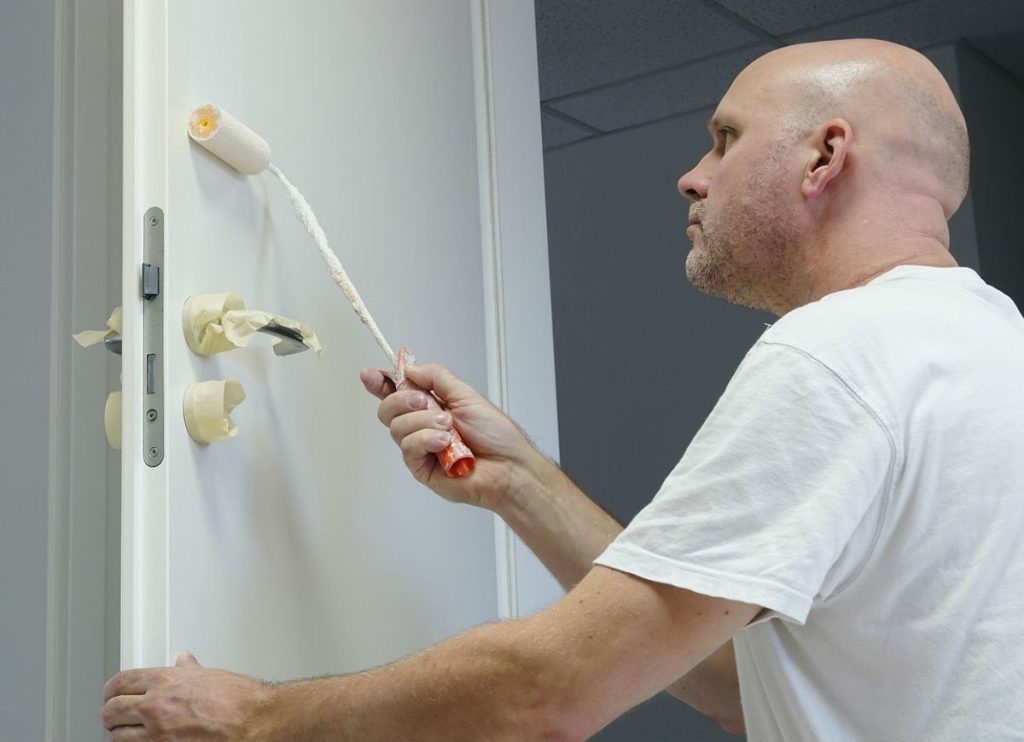Rules for Painting Interior Doors
Painting interior doors is a great way to freshen up a room without spending a lot of time or money. You can change the colors of your doors to add visual interest, or you can paint them a more neutral shade that goes well with your decor. Either way, there are some rules that you should follow to get the best results from your paint job.
Whether you’re painting one door or all of them, it’s important to start with the right prep work and materials. By following these tips, you can ensure that the whole process runs smoothly and that you end up with beautifully painted doors every time.
Prep the Door
The first thing you’ll want to do is remove all hardware, including knobs and locks. This will save you the time and hassle of putting them back together later. You should also label any parts you remove so that you can easily find them when it’s time to replace them.
Next, you’ll need to sand the door to get rid of any dents or other imperfections. This will ensure that the new paint has a smooth surface to adhere to and will help you avoid uneven edges. Use 120-grit sandpaper or a power sander to achieve this. After sanding, wipe down the entire surface with mineral spirits to make sure there are no loose particles or dirt.
Selecting the Perfect Finish
There are a variety of paints to choose from for painting your interior doors, so it’s important to pick the right one for the job. Some options are more durable than others, which can be helpful if you plan on using the door frequently. Some offer a high-gloss sheen that can stand up to more wear and tear than others.
Other choices offer a satin sheen that can be used for daily cleaning and won’t chip or peel off. You can even opt for a matte lacquer that offers an ultra-flat finish with no sheen at all.

Decide if the Previous Paint Was Oil or Latex
The type of paint that you have on your door may impact what primer you need to apply before applying a fresh coat. You can determine this by dampening a rag with rubbing alcohol and rubbing it against the door. If anything comes off on the rag, you’re dealing with oil-based paint, and you’ll need to prime the door before applying a new layer of paint.
If nothing comes off on the rag, you’re likely dealing with a latex-based product and you’ll probably not need to prime it. However, if you do need to prime the door, you’ll need to use a trade paint like Benjamin Moore Advance or another high-quality brand of latex paint.
Once you’ve finished sanding and priming the door, you can start painting it! The rule of thumb is to start with the edges and move inward. This will help you avoid uneven edges and will keep the overall look consistent. It’s also important to follow the manufacturer’s instructions on the type of paint to apply.

About the author